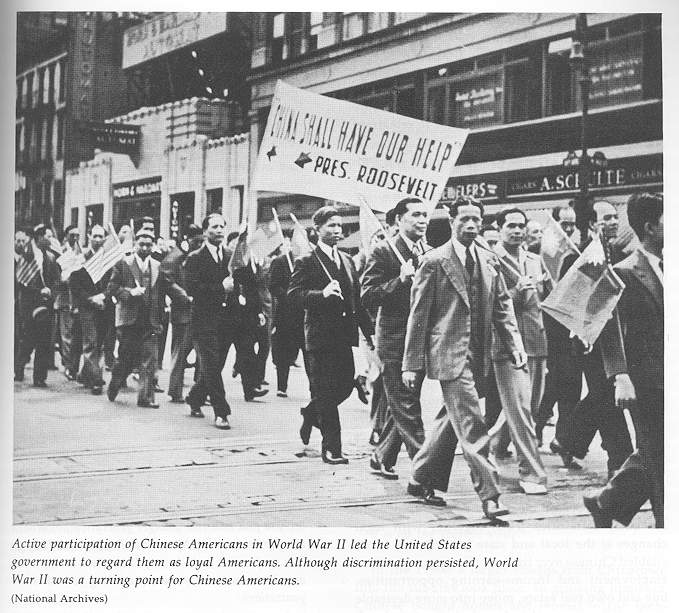
++++++CONTAINS GRAPHIC IMAGES++++++++++
We have all heard about the experiments conducted by the Nazis during World War II, but relatively little is known about the experiments by the Japanese Imperial Army. More specifically Unit 731.
The unit, also is known as, “Detachment 731” and the “Kamo Detachment.” was a covert biological and chemical warfare research and development unit of the Imperial Japanese Army that engaged in lethal human experimentation and biological weapons manufacturing during the Second Sino-Japanese War (1937–1945) and World War II.
The unit began as a research unit, investigating the effects of disease and injury on the fighting ability of an armed force. One element of the unit, called “Maruta,” took this research a little further than the usual bounds of medical ethics by observing injuries and the course of disease in living patients.
I will only go into a few of their experiments.
Frostbite Testing: The picture above is of the frostbitten hands of a Chinese person who was taken outside in winter by Unit 731 personnel for an experiment on how best to treat frostbite.

Vivisection: Thousands of men, women, children, and infants interned at prisoner-of-war camps were subjected to vivisection, often performed without anesthesia and usually lethal. In an interview, former Unit 731 member Okawa Fukumatsu admitted to having vivisected a pregnant woman. Vivisections were performed on prisoners after infecting them with various diseases. Researchers performed invasive surgery on prisoners, removing organs to study the effects of disease on the human body.
Venereal Disease: To learn what they needed to know, doctors assigned to Unit 731 infected prisoners with the disease and withheld treatment to observe the uninterrupted course of the illness. A contemporary treatment, a primitive chemotherapy agent called Salvarsan, was sometimes administered over a period of months to observe the side effects.
To ensure effective transmission of the disease, syphilitic male prisoners were ordered to rape both female and male fellow prisoners, who would then be monitored to observe the onset of the disease. If the first exposure failed to establish infection, more rapes would be arranged until it did.
In other tests, subjects were deprived of food and water to determine the length of time until death; placed into low-pressure chambers until their eyes popped from the sockets; experimented upon to determine the relationship between temperature, burns, and human survival; hung upside down until death; crushed with heavy objects; electrocuted; dehydrated with hot fans; placed into centrifuges and spun until death; injected with animal blood, notably with horse blood; exposed to lethal doses of X-rays; subjected to various chemical weapons inside gas chambers; injected with seawater; and burned or buried alive. In addition to chemical agents, the properties of many different toxins were also investigated by the Unit. To name a few, prisoners were exposed to tetrodotoxin (pufferfish or fugu venom), heroin, Korean bindweed, bacterial, and castor oil seeds (ricin). Massive amounts of blood were drained from some prisoners for the study of the effects of blood loss according to former Unit 731 vivisectionist Okawa Fukumatsu. In one case, at least half a liter of blood was drawn at two-to-three-day intervals.
As stated above, dehydration experiments were performed on the victims. The purpose of these tests was to determine the amount of water in an individual’s body and to see how long one could survive with a very low to no water intake. It is known that victims were also starved before these tests began. The deteriorating physical states of these victims were documented by staff at periodic intervals.
One member of Unit 731 later recalled that very sick and unresisting prisoners would be laid out on the slab so a line could be inserted into their carotid artery. When most of the blood had been siphoned off and the heart was too weak to pump anymore, an officer in leather boots climbed onto the table and jumped on the victim’s chest with enough force to crush the ribcage, whereupon another dollop of blood would spurt into the container.

Members of Unit 731 were not immune from being subjects of experiments. Yoshio Tamura, an assistant in the Special Team, recalled that Yoshio Sudō, an employee of the first division at Unit 731, became infected with bubonic plague as a result of the production of plague bacteria. The Special Team was then ordered to vivisect Sudō. Tamura recalled:
“Sudō had, a few days previously, been interested in talking about women, but now he was thin as a rake, with many purple spots over his body. A large area of scratches on his chest was bleeding. He painfully cried and breathed with difficulty. I sanitized his whole body with disinfectant. Whenever he moved, a rope around his neck tightened. After Sudō’s body was carefully checked [by the surgeon], I handed a scalpel to [the surgeon] who, reversely gripping the scalpel, touched Sudō’s stomach skin and sliced downward. Sudō shouted “brute!” and died with this last word.”
— Criminal History of Unit 731 of the Japanese Military, pp. 118–119 (1991)
In April 2018, the National Archives of Japan disclosed a nearly complete list of 3,607 members of Unit 731 to Katsuo Nishiyama, a professor at Shiga University of Medical Science. Nishiyama reportedly intended to publish the list online to encourage further study into the unit.
Only 12 of them were ever brought to justice, and the longest jail term served was seven years.
sources
https://www.atomicheritage.org/history/unit-731
https://www.theguardian.com/world/2018/apr/17/japan-unit-731-imperial-army-second-world-war
https://www.pacificatrocities.org/human-experimentation.html




















































You must be logged in to post a comment.